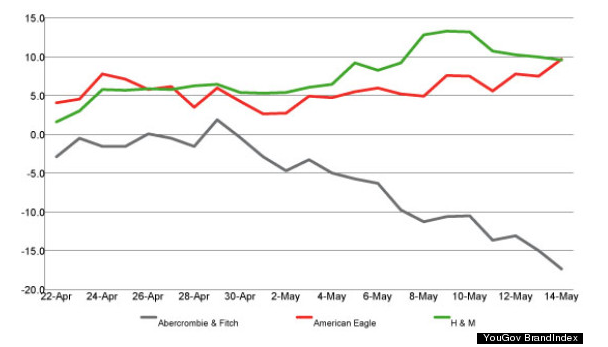I came across this blog written by Tracey Wallace as the title attracted me, “ How One Company Built a Brand to Make You Crave Salad”. It’s a blog review on the market strategies used by a restaurant called Sweetgreen.
Struggling for business, the three founders found the connection between the love of food and music. They decided to blast loud music outside the restaurant and eventually turned into a block party of 500 people, now transformed into the annual Sweetlife Festival.
To convey their message, social media became the medium to share tips of healthy living, yoga and exercise, cool beats from new music and artists, and daily dose of healthy food. They aren’t merely trying to sell salads but to also inspire consumers to live a healthfulness passion life, which salads can play a role in. Now, Sweetgreen has transformed into a lifestyle brand deadest.

I agree that Sweetgreen’s business model is about connecting with people through good food and music, really emphasizing on the value proposition and smart marketing strategy. However, I raise the concern of the sustainability in marketing through social media as it is the most common and easiest method of marketing in the business world now a days.
Rather than focusing on marketing through the internet, I think Sweetgreen should approach the differentiation strategy, to emerge from the surface of competitors since there is an increasing amount of restaurants that offer healthy food. Salad is a common dish served in every restaurant, Sweetgreen should focus on how they are going to offer something different and unique that other restaurants can’t or don’t offer.
Sources:





